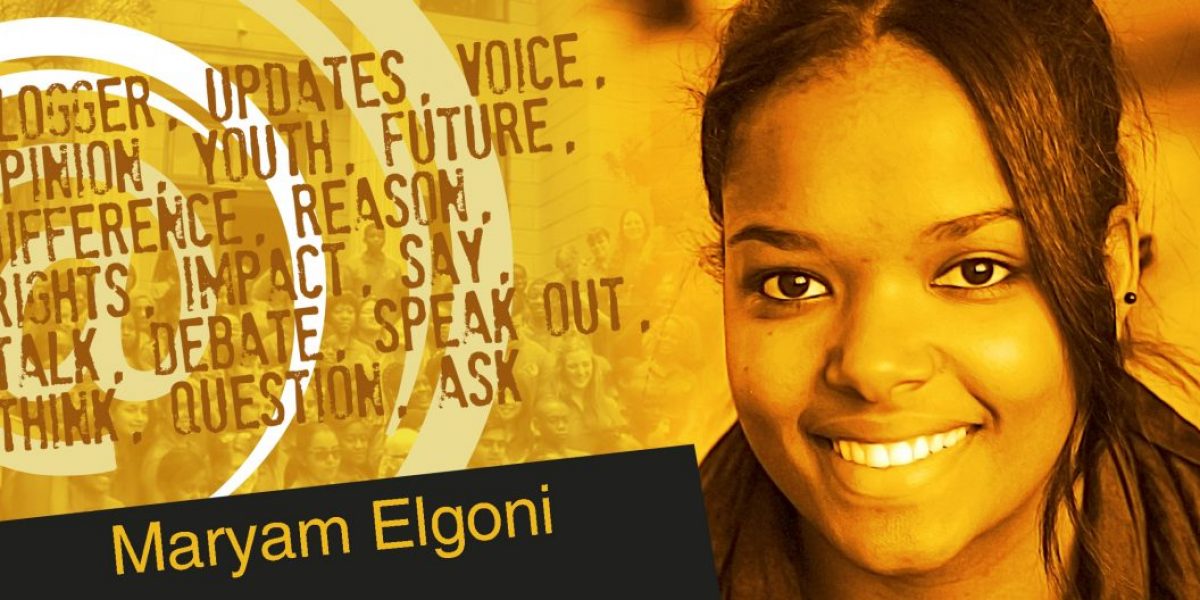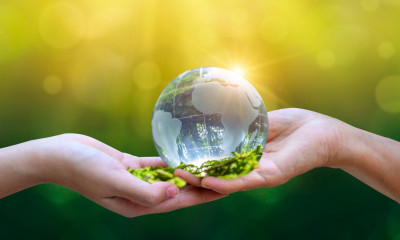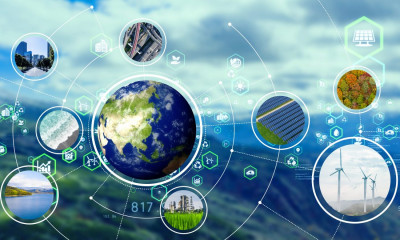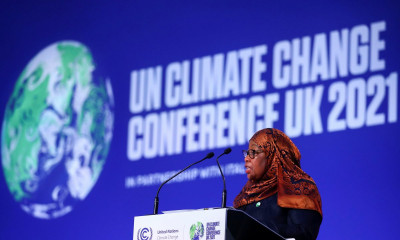The idea of conflict and violence has become exclusively synonymous with ideas of warfare, but the sad reality is that conflict and violence surround us daily and plague our lives.
A young South African woman who fears being sexually abused if she uses public transport due to her ‘revealing’ clothes is a victim of conflict and violence. Little girls in Pakistan or Nigeria who wish to get an education, but instead get shot at, beaten and raped are victims of conflict and violence. Young Muslim men from Sudan, Turkey, Syria and even South Africa who have been abducted and forced to join ISIS are victims of conflict and violence. Palestinian and Israeli civilians who are caught in the crossfire of religious and political tensions are victims of conflict and violence.
From the fear of theft to the fear of a stray bullet, everyone is a victim of some form of conflict and violence; and when everyone is a victim, we need to find a global solution.
The adoption of the Millennium Develop Goals (MDGs) at the beginning of the century was the first step to finding a solution for these universal issues we face. This was a unanimous commitment by all members of the United Nations (UN), through the Millennium Declaration, to help the poorest nations achieve better life by 2015.
With the deadline of the MDGs upon us, and a number of goals still unfulfilled in some regions, one must question what went wrong. Why do conflict and violence still plague societies? Poverty levels and child mortality rates remain high, gender inequality still exists, the environment is in danger and primary education is yet a dream for millions. Despite the successes in some regions, which we must congratulate, we have to acknowledge the failures and attempt to improve on our past performance.
The process followed to arrive at the seventeen Sustainable Development Goals (SGDs), which are a mechanism to improve on our past performances, has been exponentially more democratic than those for the MDGs and included the views and voices of members of civil society. These included many platforms for discussion such as the Open Working Group on SDGs, three High-Level Debates and three High-Level Events organised by the Office of the President of the UN General Assembly, the Intergovernmental Committee of Experts on Sustainable Development Financing and the UN High Level Political Forum.
Of the 17 proposed SDGs, Goals 10 and 16 deal with conflict and violence and offer targets that aim to end and mitigate the repercussions of such issues. These goals and the specific targets include:
Goal 10: Reduce inequality within and among countries
Target 10.2 By 2030, empower and promote the social, economic and political inclusion of all, irrespective of age, sex, disability, race, ethnicity, origin, religion or economic or other status.
Fulfilling this goal is dependent on the individual state as well as on bi- and multilateral relations. The empowerment of individuals has a direct link to the reduction of conflict and violence as most acts of violence stem from the disgruntled anger that people experience as a result of not being included within society.
Goal 16: Promote peaceful and inclusive societies for sustainable development, provide access to justice for all and build effective, accountable and inclusive institutions at all levels
Target 16.1 Significantly reduce all forms of violence and related death rates everywhere.
This target directly speaks to the repercussions of violence. It is a blanket target and will have to be met using differing mechanisms depending on the nation and the specific situation of conflict they are faced with. South Africa’s main focus in this regard would include sexual, domestic and xenophobic violence. We need to ensure that our women and children are safe in any environment they find themselves in and that foreigners who bring valuable skills and resources into the country are not afraid to stay and aid in the growth of our beautiful nation.
Target 16.2 End abuse, exploitations, trafficking and all forms of violence against and torture of children.
Some may call it a cliché, but it is true that children are our future and so we must protect them to ensure the successful continuation of our society. South Africa has attempted to decrease the levels of child trafficking by implementing the new travel restrictions which call for anyone traveling with a minor to have an unabridged birth certificate and letters of parental consent for the travel. This is an example of an attempt by government to implement policies that will aid in achieving the goals.
Target 16.4 By 2030, significantly reduce illicit financial and arms flows, strengthen the recovery and return of stolen assets and combat all forms of organized crime.
The illicit flow of arms has made it easier for rogue groups to participate in warfare which, in turn, implicates more innocent lives in the crossfire.
As a young South African-Sudanese woman who has ambitions and dreams, I do not want my future to be disturbed by fear of the conflict and violence surrounding me. I never want to receive news, again, that someone I love and cherish has died due to a situation of conflict and violence. I do not want to switch on the television and be greeted by images of death and pain that have been caused by conflict and violence.
I do believe that, together, we can ensure a peaceful world. A world where children are safe, equality is the norm and human life is not threated. This world is possible if governments uphold their international commitments through the implementation of meaningful policies and useful interaction with civil society. The SDGs are the global solution to a problem that victimises everyone, and they can be met.
Being a member of the South African Institute of International Affairs Youth Policy Committee is my platform to interact with young people around the world and join the global conversation. Everyone’s input is important and possible. You just need to find your platform and start making a change.







